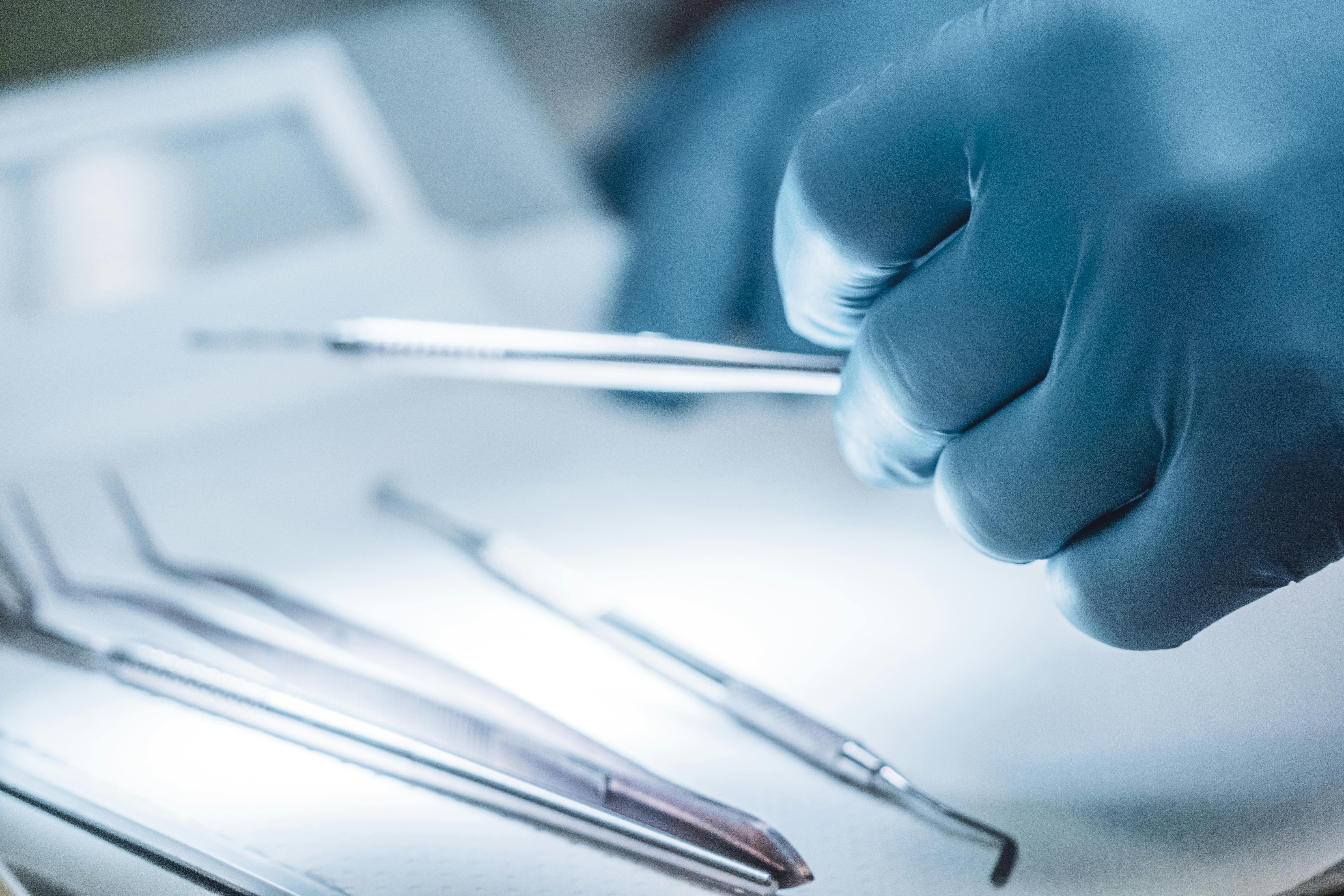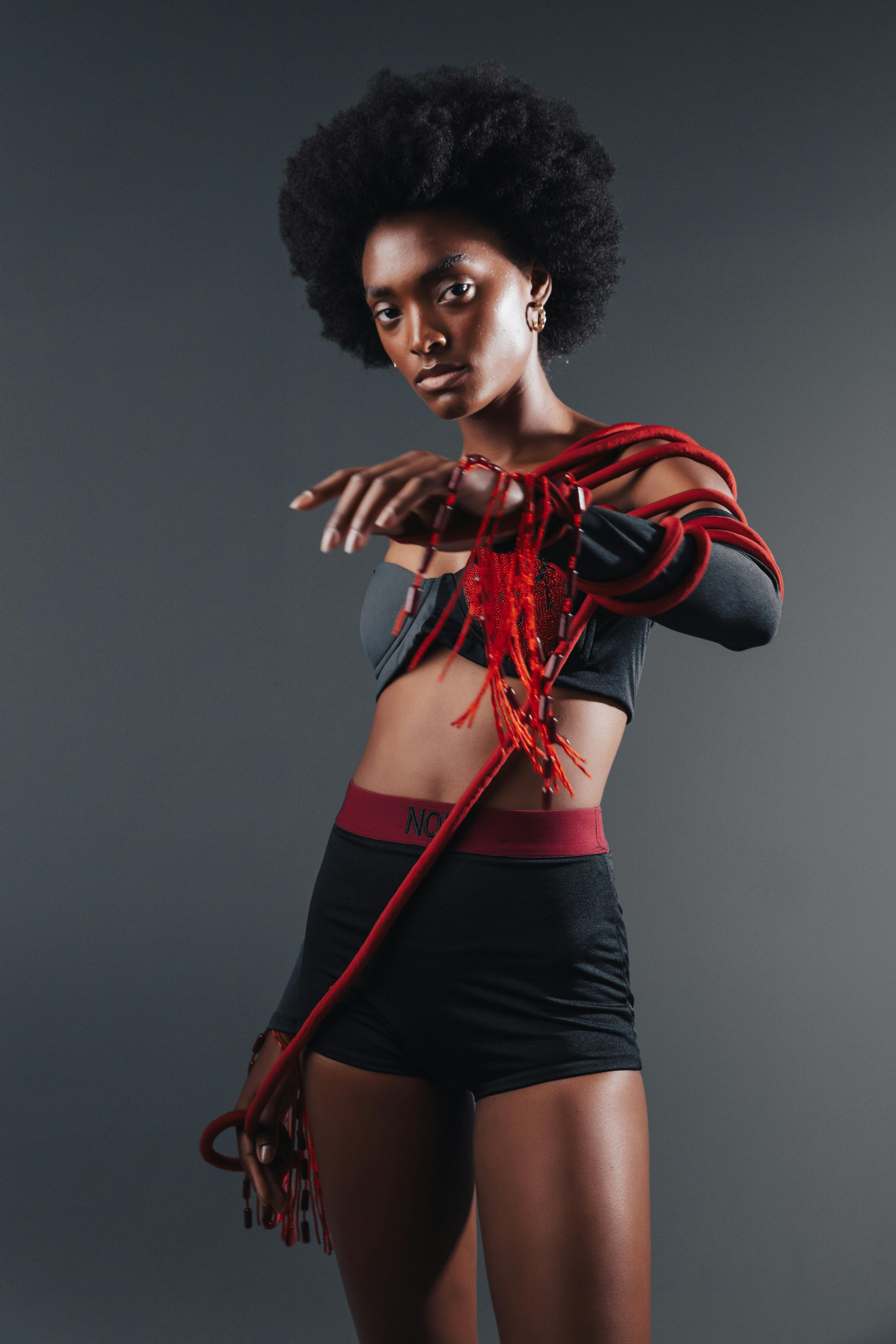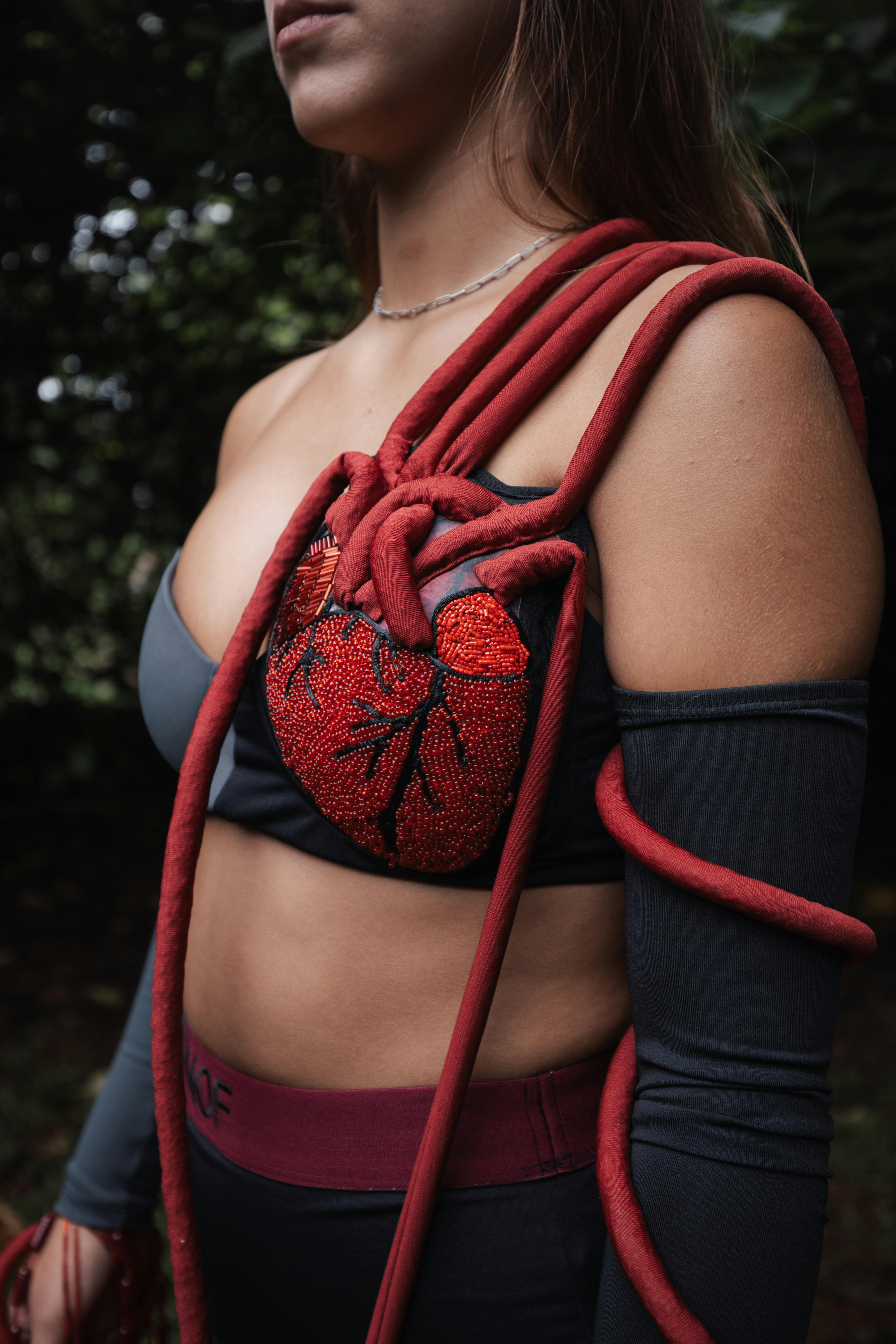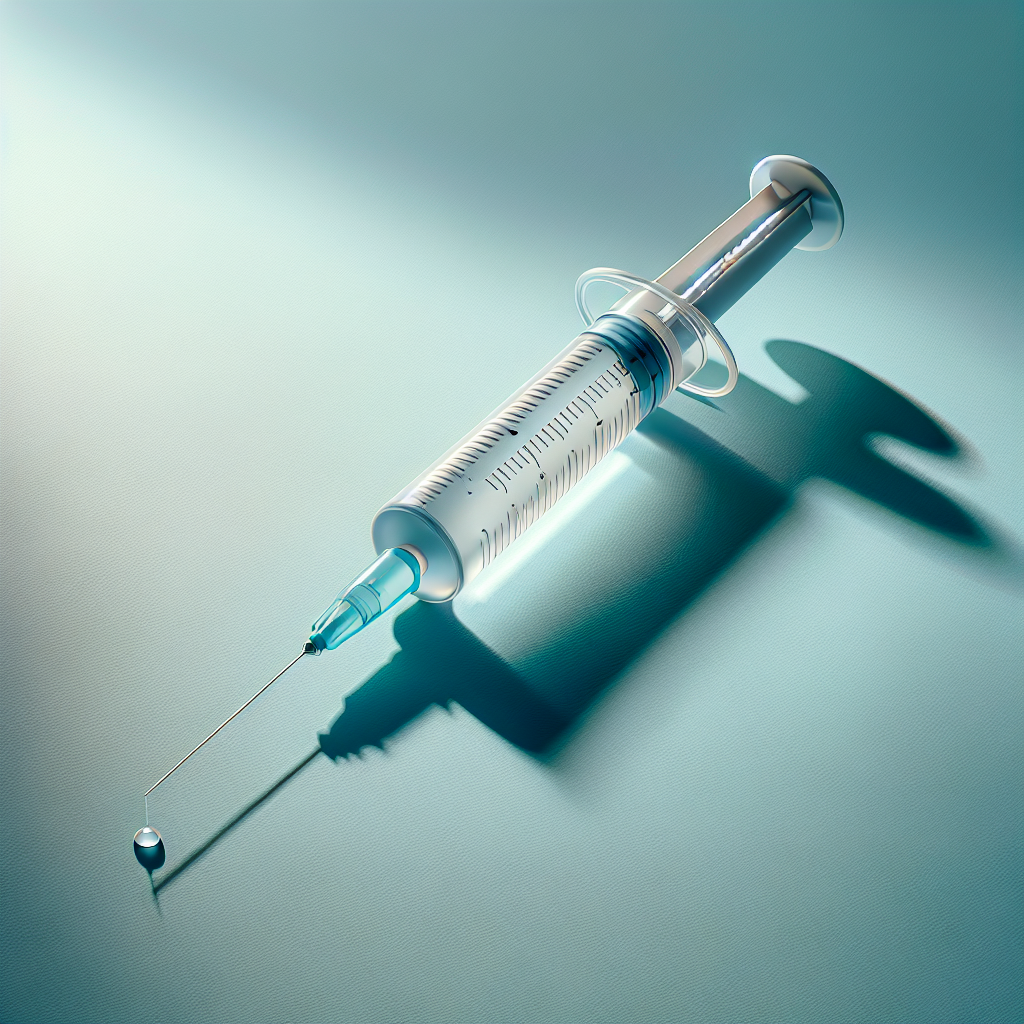If you’re dealing with varicose veins and looking for non-surgical treatment options, you’ve come to the right place. In this article, we’ll explore the various choices available to help alleviate the discomfort and appearance of varicose veins. Whether you’re ready to make a purchase or simply seeking more information, understanding the different treatments can help you make an informed decision. So, let’s dive into the world of non-surgical varicose vein treatments and discover what options are available to you.
Sclerotherapy
Sclerotherapy is a popular non-surgical treatment option for varicose veins. It involves injecting a solution directly into the affected veins, which causes them to collapse and eventually fade away. This procedure is typically performed in an outpatient setting and can be completed within a short amount of time.
During sclerotherapy, a vein specialist will use a tiny needle to inject the sclerosing solution into the varicose veins. This solution irritates the lining of the veins, causing them to stick together and close off. Over time, the body will naturally absorb the closed veins, resulting in improved appearance and reduced symptoms.
Sclerotherapy is often used to treat smaller varicose veins and spider veins, although it can also be used for larger veins in some cases. The procedure is generally well-tolerated, with minimal discomfort and downtime. Multiple sessions may be needed to achieve optimal results, but most individuals can resume their regular activities immediately after each treatment.
If you are considering sclerotherapy, it is important to consult with a vein specialist who can assess your condition and determine if you are a suitable candidate for this procedure. They will be able to provide you with more specific information about the potential benefits and risks associated with sclerotherapy.
join our newsletter to get alerts
Endovenous Laser Ablation (EVLA)
Endovenous Laser Ablation (EVLA), also known as endovenous laser treatment (EVLT), is another non-surgical option for treating varicose veins. This procedure uses laser energy to heat and seal off the affected veins, causing them to collapse and gradually disappear.
During EVLA, a small laser fiber is inserted into the varicose vein through a tiny incision. The laser energy is then directed into the vein, causing the walls to heat up and seal shut. This process redirects blood flow to healthier veins, relieving symptoms and improving the appearance of the legs.
EVLA is generally performed under local anesthesia and takes about 30-60 minutes to complete. The recovery time is relatively short, with most individuals being able to return to their normal activities within a few days. Some bruising and discomfort may occur, but these symptoms typically resolve within a week or two.
This treatment option is especially effective for larger varicose veins and veins that are causing significant discomfort or cosmetic concerns. However, it is essential to consult with a vein specialist to determine if you are a suitable candidate for EVLA and to discuss the potential risks and benefits of this procedure.
Radiofrequency Ablation (RFA)
Radiofrequency Ablation (RFA) is a non-surgical varicose vein treatment that uses radiofrequency energy to heat and close off the affected veins. Similar to EVLA, RFA redirects blood flow to healthier veins and results in the gradual elimination of varicose veins.
The RFA procedure involves the insertion of a small catheter into the damaged vein. The catheter emits radiofrequency energy, which causes the vein walls to heat up and collapse. Over time, the body absorbs the closed vein, resulting in improved circulation and reduced symptoms.
RFA is typically performed under local anesthesia and can be completed within an hour. Minor bruising and discomfort may occur after the procedure, but these symptoms usually resolve quickly. Most individuals can resume their normal activities within a few days.
This treatment option is suitable for both small and large varicose veins. It is a popular choice due to its effectiveness, minimal discomfort, and quick recovery time. However, it is important to consult with a vein specialist to determine if RFA is the right treatment option for your specific condition.

Varithena
Varithena is a form of foam sclerotherapy that is specifically designed to treat varicose veins. This FDA-approved treatment involves injecting a foam solution into the affected veins, causing them to collapse and eventually be absorbed by the body.
During the Varithena procedure, a vein specialist will inject the foam solution into the varicose veins using a small catheter. The foam fills and treats the vein, leading to its closure over time. The treatment is typically well-tolerated, with minimal discomfort and downtime.
One of the advantages of Varithena is that it can be used to treat veins of various sizes and shapes. It is a versatile option that can effectively target both superficial and deep varicose veins. However, like any medical procedure, it is important to consult with a vein specialist to determine if Varithena is suitable for your specific condition.
Clarivein
Clarivein is a minimally invasive treatment option for varicose veins that combines mechanical and chemical methods to close off the affected veins. This procedure involves the use of a rotating wire and a sclerosing solution to effectively treat varicose veins.
During the Clarivein procedure, a thin catheter is inserted into the varicose veins. The catheter contains a rotating wire that mechanically agitates the vein walls while simultaneously delivering a sclerosing solution. This combination of mechanical and chemical actions promotes the closure of the veins and improves circulation.
Clarivein is typically performed under local anesthesia and takes about 30-45 minutes to complete. Most individuals experience minimal discomfort and can resume their regular activities within a day or two. However, as with any medical procedure, it is important to consult with a vein specialist to determine if Clarivein is the most suitable treatment option for your specific condition.

VenaSeal
VenaSeal is a non-surgical treatment option for varicose veins that uses a medical adhesive to close off the affected veins. This procedure involves the insertion of a small catheter into the vein and the application of the adhesive to seal it shut.
During the VenaSeal procedure, a vein specialist will guide a catheter to the target vein using ultrasound guidance. The medical adhesive is then injected into the vein, causing it to close and redirect blood flow to healthier veins. The adhesive is biocompatible and safely absorbed by the body over time.
VenaSeal is a relatively quick procedure that can be completed in about 30-45 minutes. It is performed under local anesthesia, and most individuals can resume their normal activities immediately after the procedure. Minor bruising may occur, but this typically resolves within a few days.
This treatment option is suitable for various types of varicose veins and can effectively relieve symptoms and improve the appearance of the legs. However, it is essential to consult with a vein specialist to determine if VenaSeal is the most appropriate option for your specific condition.
Foam Sclerotherapy
Foam sclerotherapy is a technique that involves injecting a foam solution into the varicose veins to effectively close them off. This treatment option is commonly used for larger veins that may not respond well to traditional sclerotherapy or laser treatments.
During foam sclerotherapy, a vein specialist will mix a sclerosing solution with a gas to create a foam consistency. This foam is then injected into the varicose veins, causing them to collapse and be absorbed by the body. The foam solution allows for better contact with the vein walls, resulting in more effective closure.
Foam sclerotherapy can be performed as an outpatient procedure and is generally well-tolerated. Most individuals experience minimal discomfort and are able to resume their regular activities shortly after the treatment. However, multiple sessions may be required to achieve optimal results.
If you have larger varicose veins that have not responded to other treatment options, foam sclerotherapy may be a suitable choice. Consult with a vein specialist to determine if this procedure is the right fit for your specific condition.

Microphlebectomy
Microphlebectomy, also known as ambulatory phlebectomy, is a minimally invasive surgical procedure used to remove varicose veins. It is typically performed in conjunction with other non-surgical treatments to achieve the best overall results.
During microphlebectomy, a vein specialist will make small incisions over the varicose veins and remove them using specialized instruments. The procedure is performed under local anesthesia and typically takes about an hour to complete.
Microphlebectomy is particularly effective for larger varicose veins that cannot be effectively treated using non-surgical methods alone. It offers a more immediate improvement in the appearance of the legs and can provide long-lasting results. However, as with any surgical procedure, it is important to consult with a vein specialist to determine if microphlebectomy is the most appropriate treatment option for your specific condition.
Compression Stockings and Lifestyle Changes
In addition to non-surgical treatments, compression stockings and lifestyle changes can play a significant role in managing varicose veins. Compression stockings are specially designed stockings that apply pressure to the legs, helping to improve circulation and reduce symptoms.
Wearing compression stockings can help prevent blood from pooling in the veins and alleviate symptoms such as swelling, aching, and heaviness in the legs. These stockings are available in various compression levels and styles, allowing individuals to find the most comfortable option for their needs.
In addition to wearing compression stockings, making certain lifestyle changes can also help manage varicose veins. Maintaining a healthy weight, exercising regularly, avoiding prolonged sitting or standing, and elevating the legs when resting can all contribute to improved vein health.
It is important to note that while compression stockings and lifestyle changes can help alleviate symptoms and prevent further progression of varicose veins, they are not a cure. Consulting with a vein specialist is essential to determine the most appropriate treatment options for your specific condition.
Consulting a Vein Specialist
When considering non-surgical varicose vein treatments, it is crucial to consult with a qualified vein specialist. Vein specialists are medical professionals with specialized training and expertise in diagnosing and treating vein conditions.
A vein specialist will assess your condition, recommend suitable treatment options, and provide you with personalized advice. They will take into consideration factors such as the severity of your varicose veins, your symptoms, and your medical history.
By consulting a vein specialist, you can ensure that you receive the most appropriate and effective treatment for your specific needs. They will guide you through the various options available and help you make an informed decision about your varicose vein treatment.
In conclusion, non-surgical varicose vein treatments offer a range of options for individuals seeking relief from symptoms and improved appearance. From sclerotherapy and laser treatments to innovative techniques like VenaSeal and Clarivein, there are numerous possibilities to explore. By consulting a vein specialist and discussing your concerns and goals, you can determine the most suitable treatment option for your specific condition. Remember to consider the benefits, risks, and recovery time associated with each treatment option, and take into account any lifestyle changes that may contribute to better vein health. With the guidance of a vein specialist, you can find a non-surgical treatment plan that meets your needs and helps you achieve healthier, more comfortable legs.

